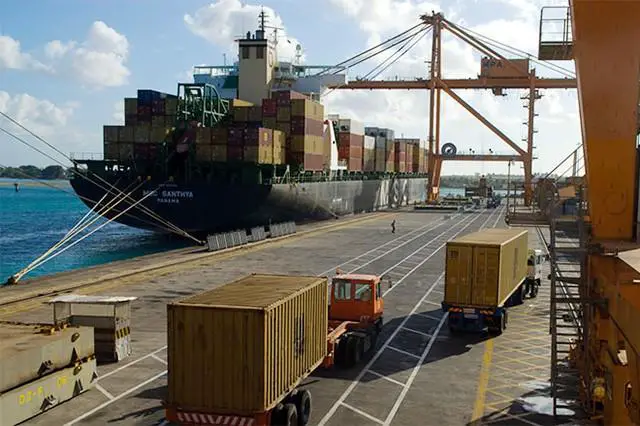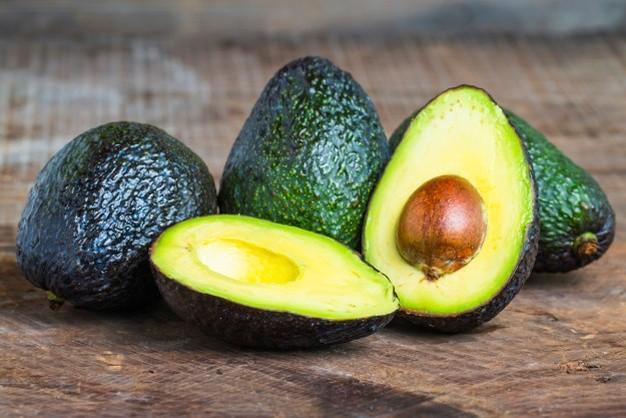- Africa’s BPO industry enters AI era with 40% of tasks at risk by 2030
- Trump tariffs sting set to ruffle several economies in Africa
- Africa Energy Bank secures key backing from Nigeria, Angola and Ghana
- AIM Congress 2025 gets a boost as International Development Bank signs on as gold sponsor
- African energy: Opportunities and challenges presented by Russia’s investments
- Africa’s smart farming push—a revolution or a mirage?
- BRICS summit in Brazil to focus on global governance reform
- Dedollarization: BRICS take on Trump and mighty dollar
Browsing: Exports
Uganda’s export earnings increased for a second consecutive month to $ 337.19 million in June 2020 from $290.93 million in May 2020, as the country tries to overcome the effects of the recent lock-down as a measure to curb the spread of COVID-19.
Imports value also increased to $ 543.6 million in June from $ 435.6 million in May 2020 this is according to the July 2020 performance of the Economy report.
According to the report, as the country continued to ease measures put in place to prevent the proliferation of COVID19, there was an improvement in economic activity and international trade.
The report also indicated that the Uganda shilling continued to strengthen against the US Dollar in July 2020, registering an appreciation of 0.9 per cent on account of increased inflows amidst subdued demand.
Also Read: Kenya’s exports surpass pandemic expectations for regional trade
Due to an increase in …
Africa, the continent of more than 1.3 billion people has experienced its share of the coronavirus (COVID-19), which shaved off crucial portions of the continent’s economy (tourism, trade and travel) leading to funding holes, debt burden and propelling unemployment and inequalities.
There are several projections laid out benching on Africa’s economic trend. According to UN estimates, African countries have so far lost an estimated US$29 billion due to the pandemic.
Meanwhile the United Nations Economic Commission for Africa (ECA) pinned its forecast noting the virus will shave 1.4 per cent off Africa’s $2.1 trillion GDP, hurting the continent’s business landscape.
Despite the pandemic eviscerating this year’s plans of enhancing tourism and travel horizons for East Africa’s hotbed Tanzania and Kenya, the African Development Bank (AfDB) finds the region undeterred in the face of the pandemic , as it becomes …
It is legal to say the world as we know it has been kidnapped by the novel coronavirus, which has left thousands dead and millions who have contracted it. The United Nations Industrial Development Organization (UNIDO) confessed that “the economic crisis unleashed by the outbreak of COVID-19 is hurting economies, regardless of income level”.
According to its latest numbers, UNIDO indicated that both lower and upper–middle-income countries have been significantly impacted by COVID-19, with an average loss in industrial production across countries, standing at 18 per cent (high-income), 24 per cent (upper middle-income) and 22 per cent (lower middle-income).
The pandemic has hurt a lot of economies but more importantly has taken a toll in some developing countries, such as Kenya and Tanzania who rely on travel and tourism dealing a huge slap on foreign receipts.
The World Bank …
Africa is great and has the potential to be greater—economically. The youngest continent in the world stands to garner billions in the trade as its youngest generation present a potential to transform, the continent’s economic pillars, from agriculture to investment.
The region has more than 1.3 people and nearly 60 per cent of its population is under 25 years, according to United Nations Data for World Population Prospects 2017. This means that Africa can fetch healthy intra-regional and international trade growth if it utilizes its existing potentials.
As the African Continental Free Trade Area (AfCFTA) is around the corner to be domesticated (postponed due to virus outbreak), the trade pact could ignite Africa’s industrialization and boost income generation.
The trade pact connects more than 1.3 billion Africans in 55 countries with a combined gross domestic product of nearly $ 3.4 trillion while lifting more than 30 million people from extreme …
The Tanzania Horticultural Association (Taha), is reporting an increase in revenue from the export of avocados which until now were not considered key export cash crop.
However growing demand in the US and Europe has seen the sub-sector increase revenue to USD 23 million annually.
Tanzania is the second largest producer of avocado fruit in Africa second only to Kenya. Over the past 5 years, avocado exports have frog leaped from 1,877 tonnes in 2014 to 9,000 tonnes in 2019 and were it not for the COVID-19 outbreak, this figure was expected to go only higher.
Kenya is already doing much better with its estimated annual output is about 190,000 tonnes every year as the country exports an average of 10,000 metric tonnes annually.
In Tanzania, there are about 10000 farmers of the crop who are spread out across the country and of these, now most have turned to the …
The Bank of Tanzania (BoT) released its monthly economic report for the November edition, which encompasses the export and import sector performance, of which the report indicates a decent growth and a substantial fall in cashew nuts exports.
Export
Per the report, the value of goods and services exports grew by 10.3 per cent which is over $9.4 billion in the year ending October 2019, this is higher compared to the previous report which showed a 5.2 per cent rise.
The rise is attributed to the performance of the services receipts and non-traditional goods exports. The exports of the non-traditional goods amounted to over $4.1 billion from $3 billion in the corresponding period of 2018.
Just like in the performance of the year ending September 2019, the report argues that all major categories of non-traditional goods exports grew except re-exports and fish products,
Following that period, the value of gold …
The Bank of Tanzania (BoT) has said that in February this year the value of export of goods and services increased to Tshs.2.04 trillion ($890 million) from Tshs.1.6 trillion ($698 million) in the preceding month.
According to the BoT`s monthly economic review (MER) for March, an increase is owing to good performance recorded in export of goods particularly gold.
The review said likewise, the value of exports of goods and services increased to Tshs.19.6 trillion ($8.5 billion) in the year ending February 2019 from Tshs.19.3 trillion ($8.4 billion) in the corresponding period in 2018, owing to good performance recorded from non-traditional exports and services receipt.
It added that the value of traditional goods exports increased to 161.9 billion ($70.4 million) in February 2019 from Tshs.88.3 billion ($38.4 million) in January 2019 with cotton and tobacco recording the highest growths.
According to the review, the value of coffee and tea exports …









